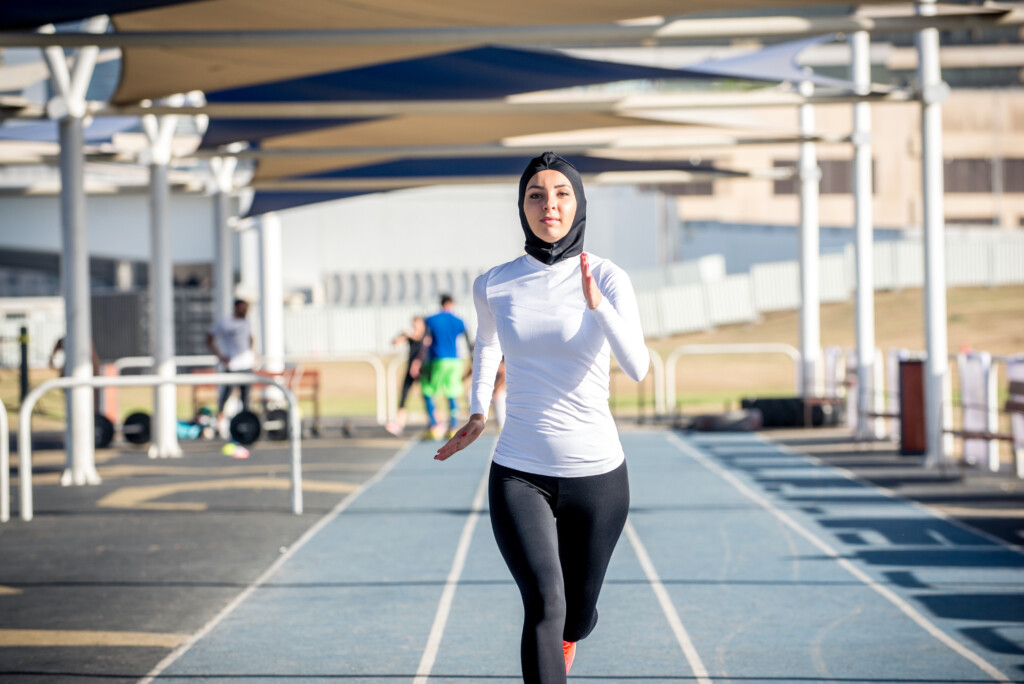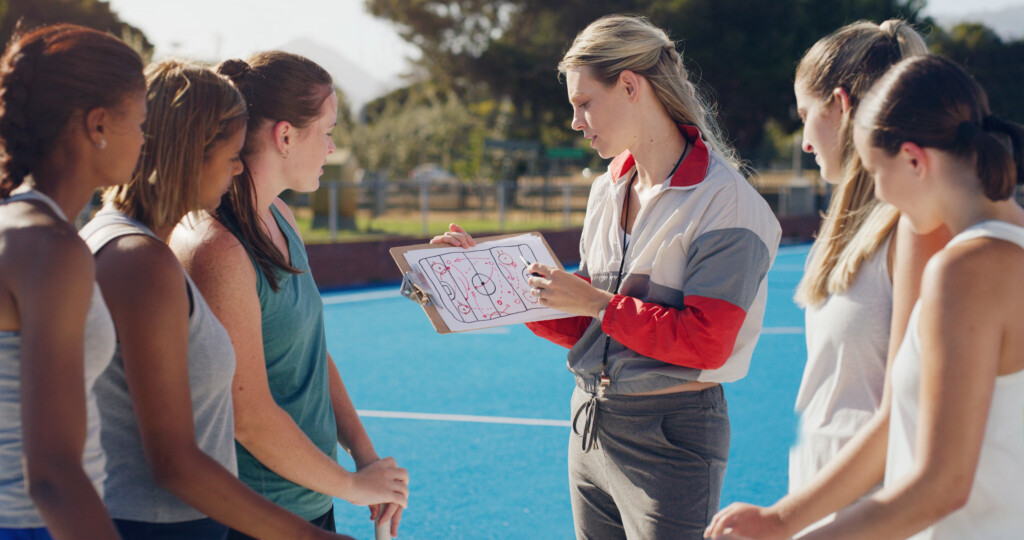Women in sport
In trying to strive to create more inclusive spaces for everyone, one piece that is still missing is equality in sport media representation. With over 90 percent of Canadian sports media coverage being focused on men’s sport the Government of Canada has committed to reaching gender equity in sport. This SIRC article has a collection…
How to foster inclusive physical activity for immigrants in Canada

One in 4 Canadians is an immigrant, and this number is expected to reach 30% by 2036 (Statistics Canada, 2017). When immigrants arrive in Canada, their health is often good to optimal. As time passes, they may experience the multiple challenges of immigration, which can include finding housing, employment, community, and friends. In turn, immigrants…
Helping Injured Athletes Recover
Injury is an unfortunate part of sport that many athletes will have to deal with during their time participating and competing. Often when assisting athletes recover from injury it is common for the focus to solely be on the injured athlete instead of the larger team. This SIRC blog dives into how injury recovery using…
Breathing Exercise
In modern times it is easy to get overwhelmed by stress from day to day life. Constant pressure from school, work, or relationships can lead to a dip in both mental and physical health. With all of these stressors it can be difficult to find time and strategies to slow down and recenter your thoughts….
ParticipACTION’s Sneak It In Week
Research shows that taking workday physical activity breaks helps employees feel happier, more focused and less tired. In fact, three in four workers in Canada feel some benefit from doing so – almost half (44%) feel enhanced mood, and 38% feel better able to focus and increased energy. To experience these benefits, ParticipACTION encourages you…
Four strategies to support girls through sport-based mentorship

Sport has the potential to foster girls’ healthy development, leading to outcomes such as enhanced self-esteem, physical health, and mental well-being. Sport can reduce adverse health outcomes for girls, such as depression (Canadian Women & Sport, 2022; Eime et al., 2013). Yet in Canada, girls are dropping out of sport at alarming rates, with recent…
International Day of the Girl
Creating a positive social environment that intentionally fosters a sense of belonging is integral to the retention of girls in sport and physical activity. This resource is designed for coaches who are ready to intentionally support equitable sport. She Belongs offers practical recommendations to create social connection and better engage girls in the Learn to…
Creating welcoming, equitable spaces for new Canadians in sport
Sport can help to promote physical and mental health, build social connections and support integration into Canadian communities among newcomers to Canada. However, research shows that newcomers face unique barriers to sport participation, including cost, transportation, language, access to information, racism and religious or cultural considerations. In this article, newcomers in participant, parent, and coaching…
Cannabis and Sport
Since legalization of cannabis in 2018, its use has become more prevalent and it has brought up a lot of questions in the world of sport. Many possible uses for cannabis have arisen as a result of its growing popularity and that impact has found its way into sport. There is little research supporting the…
The physical and mental health benefits of youth athletics
Throughout youth a key part of childhood for many people has been sports. Sports are a key part of the schooling experience and create an opportunity for play and have many positive mental and physical benefits. A recent study shows that school athletes often reported higher academic achievement, decreased levels of anxiety and depression, and…